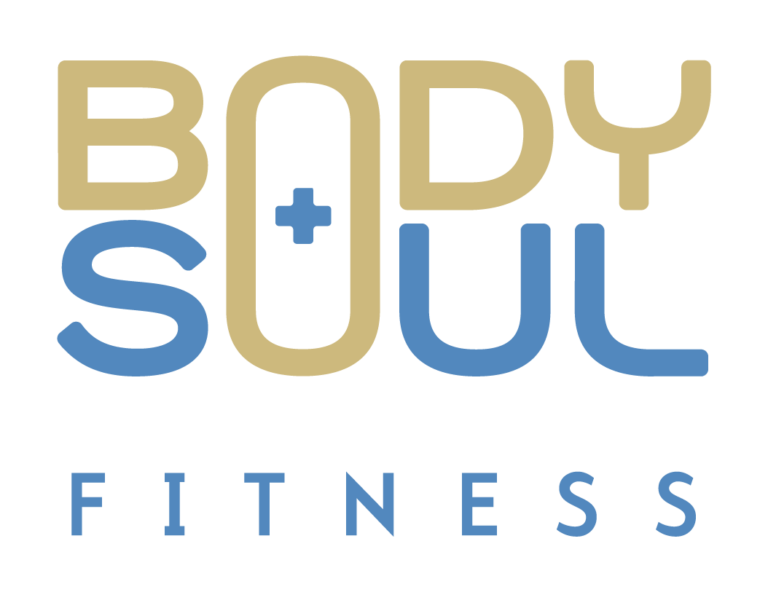Did you know that people who reach higher peak bone densities at a younger age are less likely to develop osteoporosis?
How do you reach a higher peak bone density?
The best way to develop peak bone density is by regularly participating in weight bearing and plyometrics training and/or activities in your adolescence and early childhood.
However, just because you didn’t participate in plyometrics training in your early childhood, does not mean there’s nothing you can do now to reduce the risk of developing osteoporosis.
A regular exercise routine, that includes both cardio and weight bearing activities can greatly reduce the chances of someone getting osteoporosis. As you build muscle, and improve bone mass and strength, the slower your bones deteriorate over time. Suggested exercises for adults include low impact strength training and full body training.
Building a Balanced Exercise Regimen
Some example exercises you can implement to your routine to promote healthy muscles and strong bones are: Running, walking, stair climbing, hiking, playing sports and not to mention, regular visits to the gym for weight lifting!
Bodyweight exercises are a great to start but it’s important to progress to added load, so you can keep challenging your muscles but also stimulate bone growth.
In addition, balance training is very important, especially for people in older populations as falls are a more common risk factor. Tai Chi is a great example of a workout to improve your balance as it focuses on improving day to day movements.
A quick, at-home balance exercise you can try is balancing on one leg. For safety, make sure you are holding onto the wall or have a sturdy place to grab onto if needed.
To summarize, make working out a part of your regular routine. By exercising 2-3 times a week for a total of 150 minutes, you will start to see incredible benefits to your health both in the short and long term.
Introduction to osteoporosis, what it is, causes and symptoms, who's at risk and healthy living tips to prevent the onset of this disease. Throughout the workshop, Chris will provide various tips and tricks to keep your bones strong and healthy!
Now that you understand what osteoporosis is, and the early warning signs, it’s important to know who exactly is at risk. Join Chris as he explores some of the unchangeable and changeable risk factors for developing osteoporosis.
Having a regular exercise routine can greatly reduce your chances of developing osteoporosis. Chris discusses why this is, and suggests workouts and exercises to include in your routine to improve bone mass and strength.
The food you eat can have a direct impact on your bones. Chris navigates which food sources, nutrients and vitamins you should include in your diet to build and maintain strong bone density, and for your overall health.
In this final part in the osteoporosis series, Chris summarizes a few final tips to keep in mind to ensure your bones remain strong and healthy.

